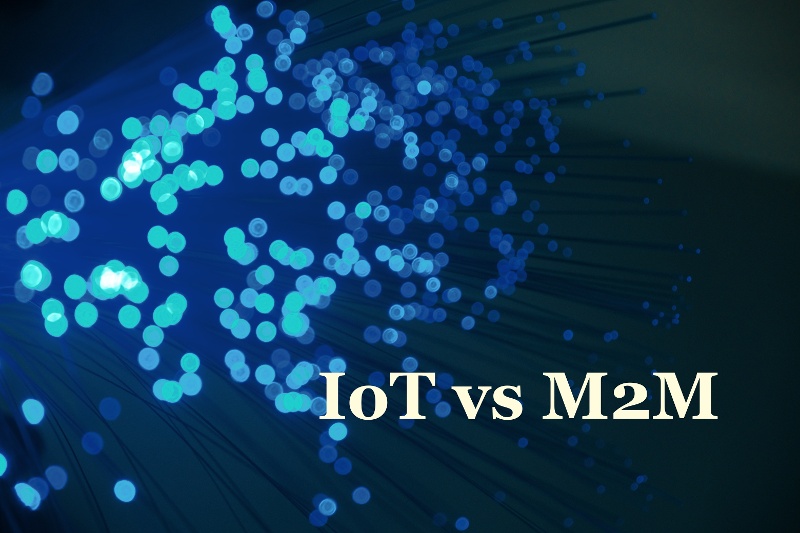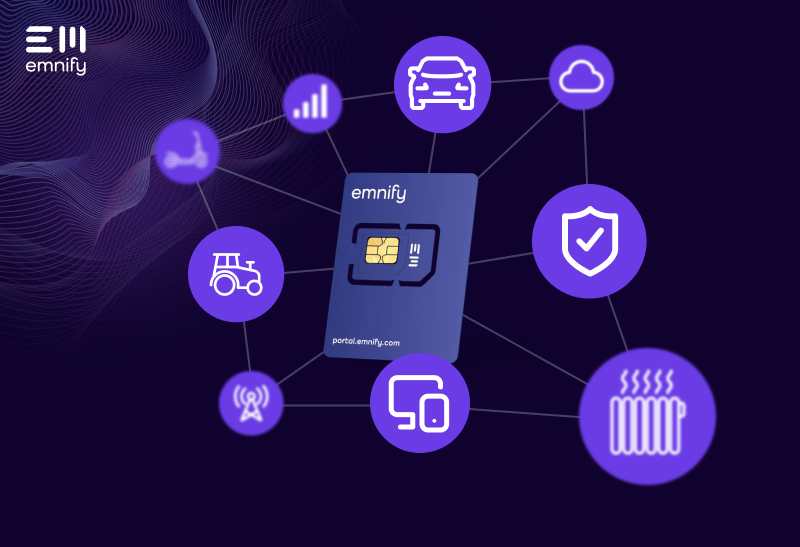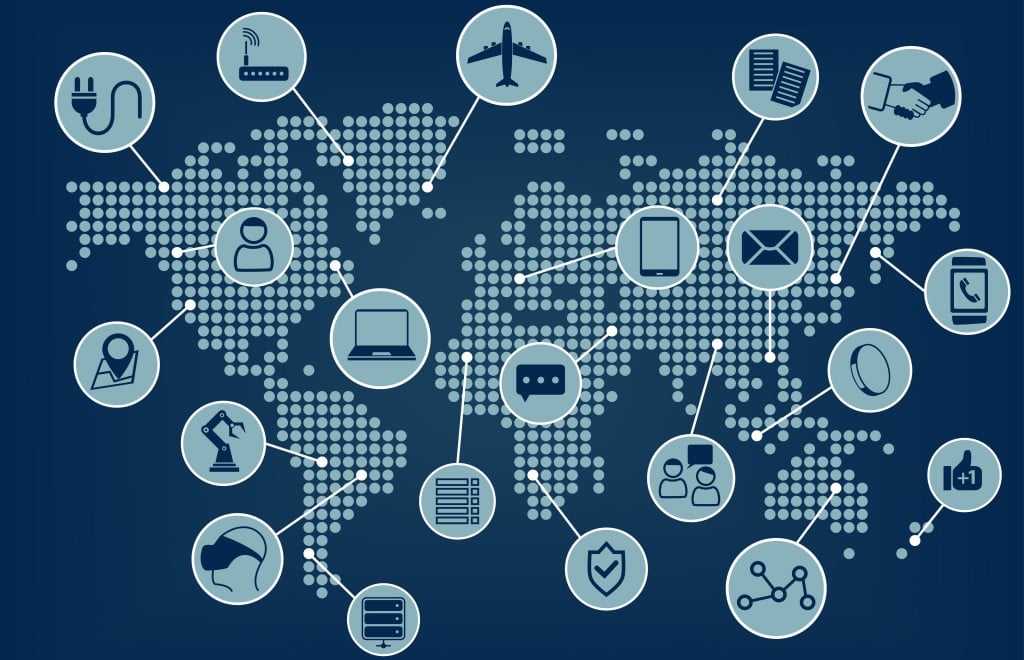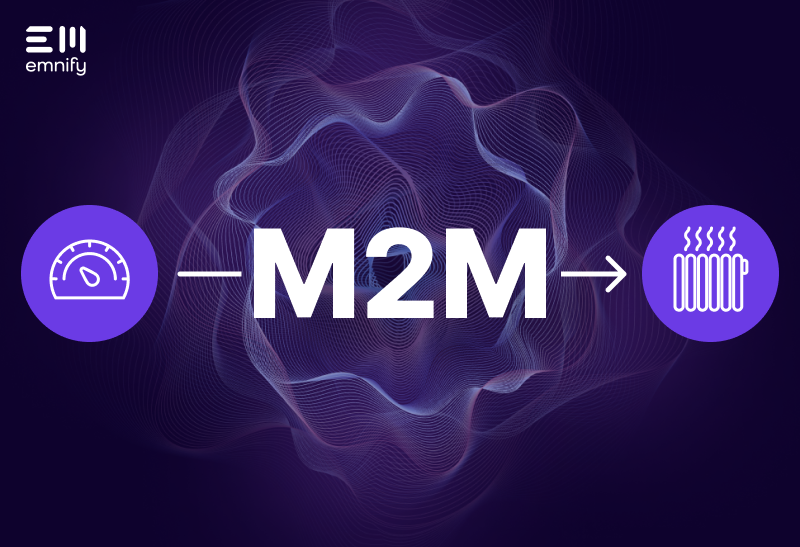

The Internet of Things (IoT) and Machine-to-Machine (M2M) communication have been around for years. This technology has revolutionized the way we do everything from agriculture and manufacturing to healthcare, transportation, and payment processing. Connecting sensors with electronic devices and applications enables consumers and businesses alike to automate processes and trigger actions based on data.
But like many people, you might be wondering: what’s the difference between IoT and M2M?
The reality is: not much. These two terms are frequently used interchangeably, and nobody will bat an eye if you treat them as synonyms, too. They use the same underlying technology and essentially achieve the same result.
It’s not a question of technology—it’s a question of terminology.
If you’re building an IoT or M2M product, this isn’t really a matter of deciding which tech is right for you—it’s more about deciding which term most accurately describes the product you’ve built, based on the choices you’ve made about how it operates.
IoT definition
The Internet of Things (IoT) describes devices that communicate with each other and various applications through a network. Kevin Ashton, cofounder of Auto-ID Center, was the first to use the term ‘Internet of Things’ in 1999. It was part of a presentation he created for Procter & Gamble, describing how they could link their supply chain’s RFID to the Internet.
Thanks to the name and origin, it’s a common misconception that IoT communication always takes place through the Internet. But there are many different types of IoT connectivity solutions, and not all of them require transmissions to pass through the Internet. The key is that the devices are connected through a network.
Since the advent of cloud computing in the early 2000s, the Internet of Things has come to primarily describe devices that transmit and receive data via the cloud.
M2M definition
Machine-to-Machine (M2M) is a slightly older term that usually describes devices that communicate via direct point-to-point connections. For example, a sensor may measure the temperature in a building, then trigger an actuator to turn on the furnace or air conditioning until the temperature reaches a certain threshold.
M2M Magazine (established in 2003) defines the six pillars of M2M as:
- Radio Frequency Identification (RFID)
- Sensor networks
- Telemetry
- Smart services
- Telematics
- Remote monitoring
Notice that this describes a broader set of applications than point-to-point connections, and has substantial overlap with IoT.
No one can say with certainty where the term machine-to-machine came from, but the first time the concept was used is widely believed to have been as early as 1968, when Theodore Paraskevako had an idea to enable telephones to exchange caller information. This M2M communication laid the foundation for modern caller ID systems.
The origins of “M2M” are also associated with Nokia, which used the term sometime in the late 1990s, before it began offering M2M gateways, connectivity terminals, and application development kits in 2002.
If you wish to read about this topic in more detail, check our glossary page about M2M.
Differences between IoT and M2M
Look at various “comparisons” of IoT and M2M, and you’ll find a lot of misleading (and incorrect) distinctions that don’t actually exist between these terms.
Some suggest that IoT is wireless and M2M is hardwired—but that’s not true. They can both use wireless or hardwired connections.
You may have read that IoT devices have to connect to the Internet, while M2M devices don’t. That’s not true either. Both can, and neither have to. Same with communication protocols: the term doesn’t specify which communication protocols you can use.
The real “difference” comes down to usage.
M2M was used first, and as the applications grew and the technology evolved, IoT was born. Within the industry, the terms are largely synonymous, but M2M generally refers to device connectivity, while IoT shifts to cloud connectivity—what do you do with the data and where do you send it?
IoT is also by far the most popular term in the industry. While the dominant term varies somewhat from country to country (in the Philippines, for example, M2M is slightly more popular), as of February of 2022, “IoT” gets several times more monthly searches than “M2M” (using Ahrefs’ estimated search volume).
IoT vs. M2M
|
Internet of Things (IoT) |
Machine-to-Machine (M2M) |
|
| Origin |
Evolved from M2M |
Originated years (possibly decades) earlier |
| Usage |
Most popular term globally |
More popular in specific regions |
|
Technological difference |
None | |
|
Connotational difference |
Describes device-to-cloud connectivity |
Describes point-to-point (or device-to-device) connectivity |
Does the difference matter?
The vast majority of the time, the distinction between M2M and IoT isn’t important. It doesn’t change the technology you need or whether someone will understand what you’re talking about. The more worthwhile consideration is probably: which term do your customers use, and could you articulate the difference if they ask you?
If you’re deploying in a country where it’s more common to talk about M2M, then it may make more sense to use the term they’re more familiar with.
Get equipped for IoT or M2M connectivity
Wherever you deploy and however many devices you produce, emnify keeps your M2M and IoT devices connected with a purpose-built IoT communication platform. Using cellular connectivity, our platform gives you access to more than 540 networks across over 190 countries—so your devices and applications can communicate anywhere in the world.
Want to see what emnify can do for you? Try it free for 60 days or talk to an expert.
Get in touch with our IoT experts
Discover how emnify can help you grow your business and talk to one of our IoT consultants today!


